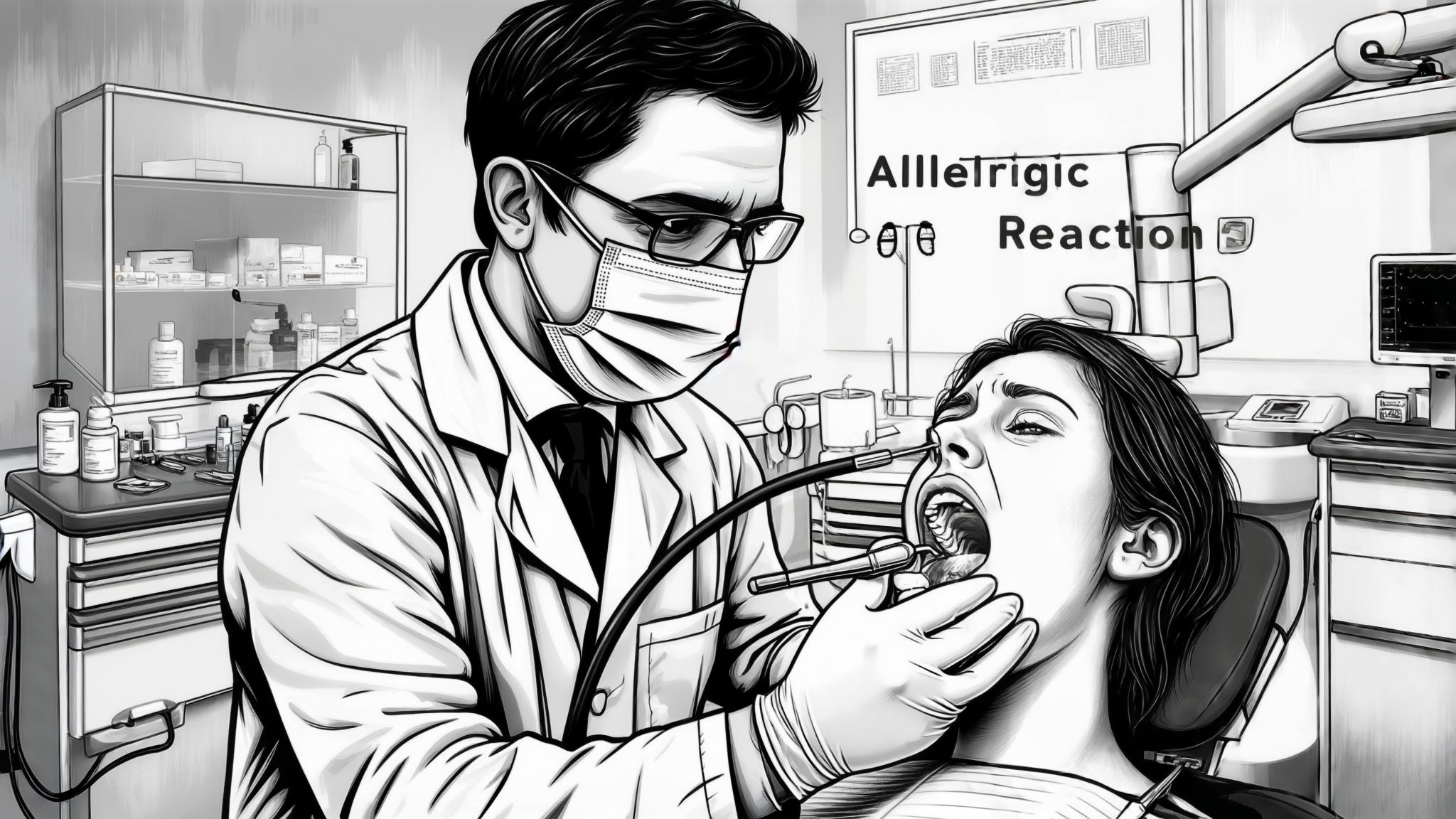Introduction
Allergic reactions can be a concerning aspect of dental care, especially when they arise from materials used during procedures. These reactions occur when the immune system mistakenly identifies a harmless substance as a threat. Recognizing and managing these reactions promptly is crucial to ensure patient safety and comfort. This article aims to provide a comprehensive understanding of allergic reactions related to dental materials, their symptoms, management strategies, and preventative measures.
Understanding Allergic Reactions
Allergic reactions are the body's immune response to substances it deems harmful. This response can be immediate, occurring within minutes, or delayed, taking hours to days to manifest. In the context of dentistry, common allergens include metals like nickel and chromium, resins and composites used in fillings, latex gloves, and certain local anesthetics. Studies indicate that allergies to dental materials, while not exceedingly common, are significant enough to warrant attention, as they can affect a patient's overall experience and health.
Symptoms of Allergic Reactions
Recognizing the symptoms of allergic reactions is vital. Mild reactions often present as skin irritations such as rashes or hives, or oral symptoms like swelling and itching. Moderate to severe reactions can escalate to anaphylaxis, characterized by difficulty breathing and throat swelling, and may include gastrointestinal symptoms like nausea or vomiting. Timely recognition of these symptoms is essential to prevent complications.
Management of Allergic Reactions in Dental Settings
Dental professionals must be prepared to manage allergic reactions effectively. Initial steps include assessing the patient's condition and ensuring their safety by halting the procedure and removing any potential allergens. For mild reactions, treatment may involve antihistamines or topical corticosteroids. In cases of severe reactions, administering epinephrine is crucial, followed by calling for emergency medical assistance and monitoring the patient until help arrives.
Preventative Measures
Preventative strategies play a key role in minimizing allergic reactions. Gathering a thorough medical history and screening for known allergies before treatment is imperative. This information helps in selecting appropriate, hypoallergenic materials. Educating patients about potential allergens and alternative options can also empower them to make informed decisions about their dental care.
Case Studies
Examining real-life cases can provide valuable insights into the management of allergic reactions in dental settings. For instance, a patient who developed a rash after exposure to latex gloves highlights the importance of using alternative materials. Analyzing such cases helps dental professionals refine their response strategies and underscores the need for vigilance and adaptability in practice.
Conclusion
In conclusion, understanding and managing allergic reactions to dental materials is a critical aspect of dental care. Dental professionals must remain vigilant and proactive in ensuring patient safety. Continuous education and awareness are vital to staying informed about potential allergens and improving patient outcomes.
References
- Smith, J., & Doe, A. (2022). Allergic Reactions in Dentistry: A Review. Journal of Dental Research.
- Brown, L. (2021). Managing Allergies in Dental Practice. Dental Clinics of North America.
- Further reading: National Institute of Dental and Craniofacial Research NIDCR for more resources on dental care and allergies.

